- Joined
- Jul 5, 2012
- Messages
- 1,832
- Reaction score
- 2,872
I was just wondering if anybody has worked with making figure pop in cherry like maple. Will you get similar results with aqua fortis or is there a better method?


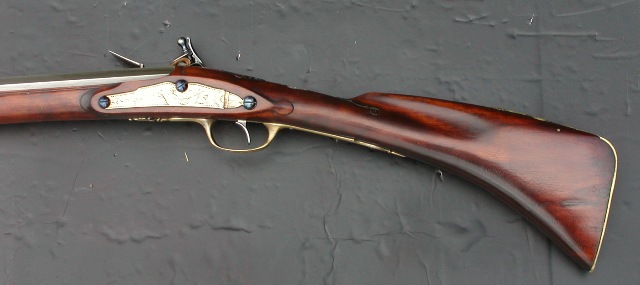

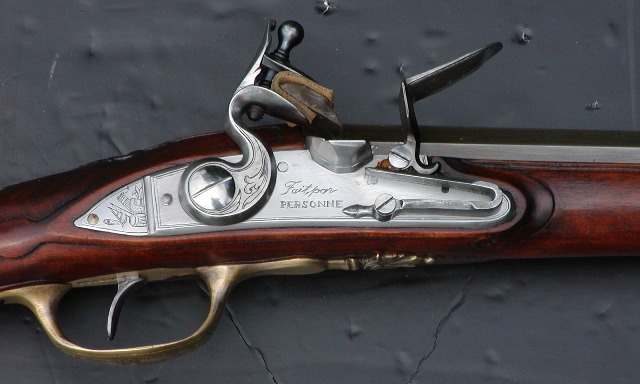
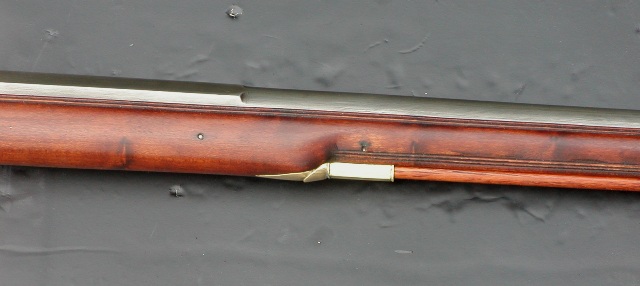
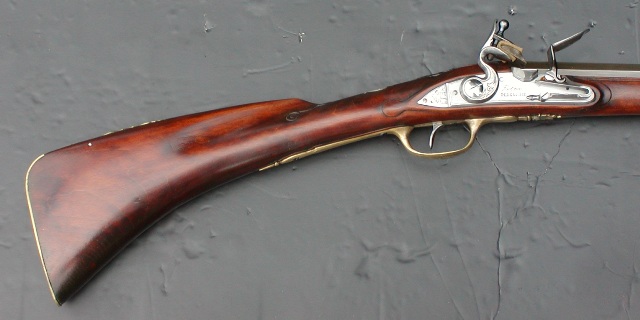
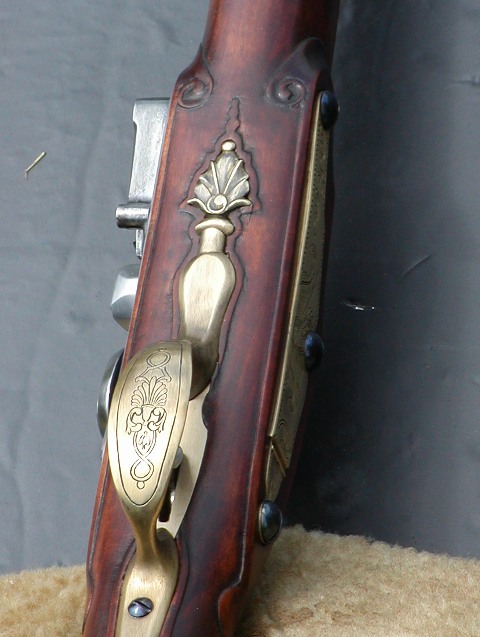
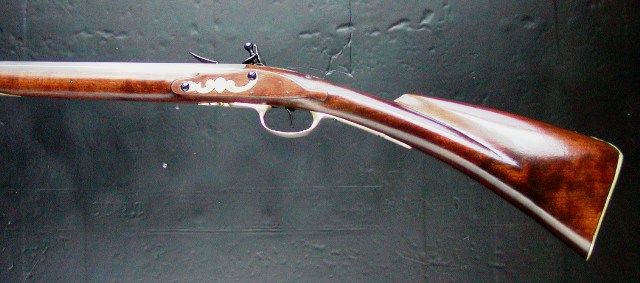
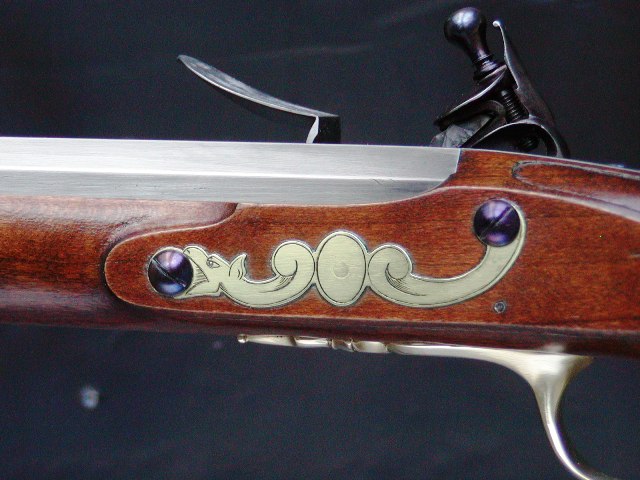
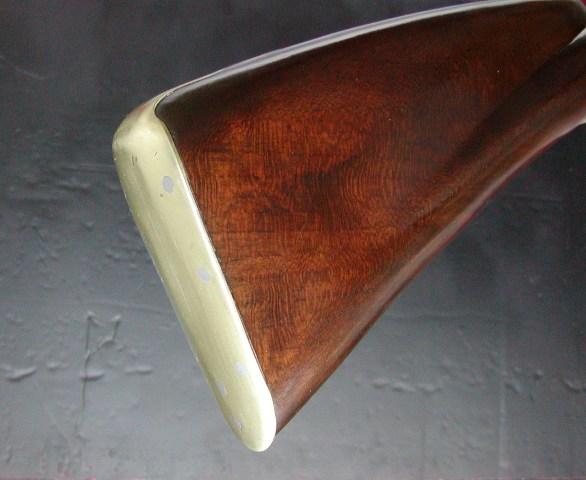
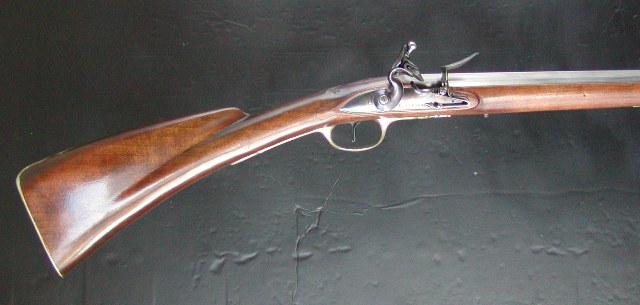

Drain cleaner mixed with water also works well.Oven cleaner is also a lye based caustic, it might be worth trying.
Enter your email address to join: